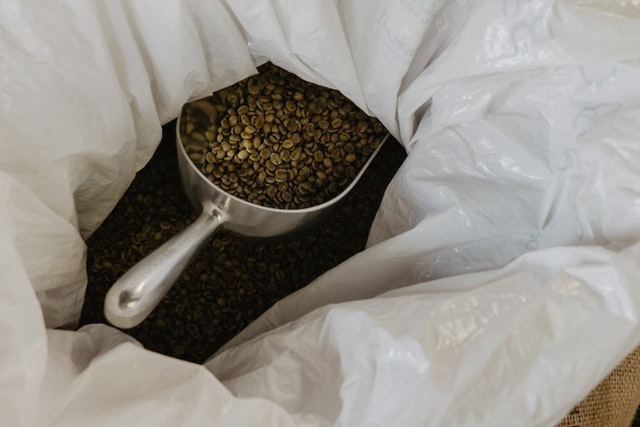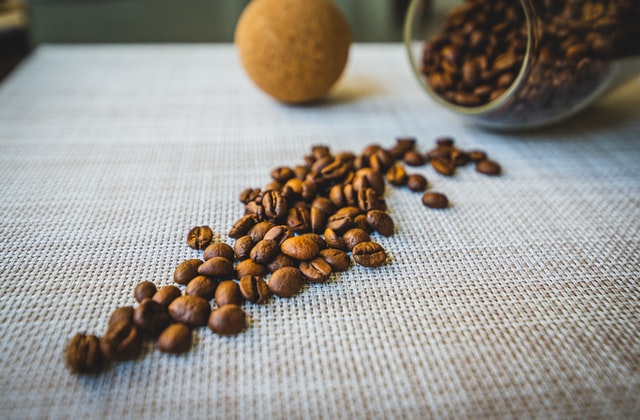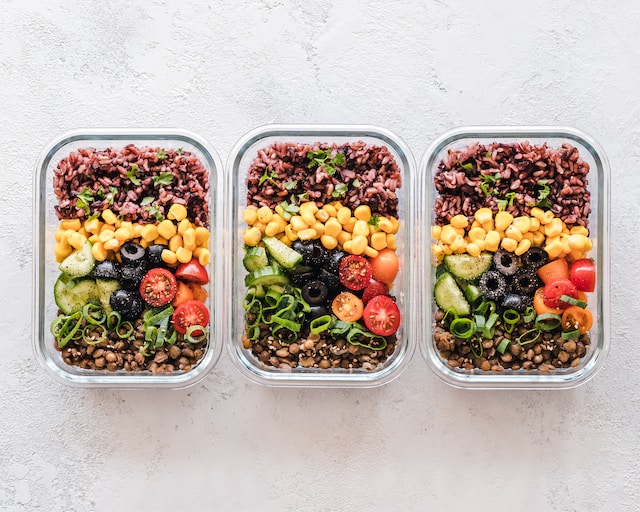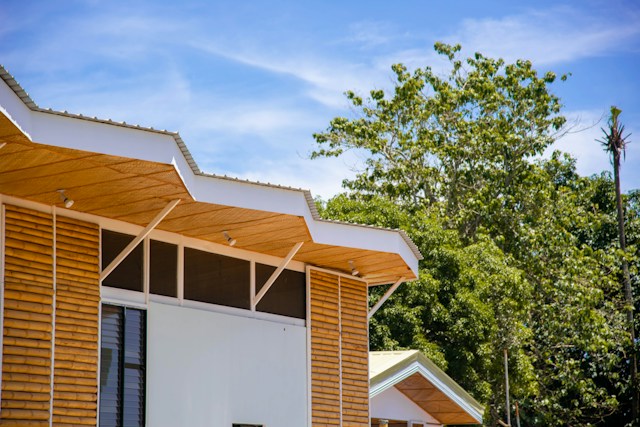There is a lot of science that has gone into making coffee delicious. We asked the scientists to stop, but they couldn’t sleep for some reason. One aspect that makes a coffee absolutely delicious is the freshness. Pre-ground coffee slowly oxidizes, taking on the scents and smells around it. This process is turning your coffee stale. But by buying green coffee beans, which you can store for up to two years, you can roast them to your liking, and after trying it once, you may never return to regular coffee again. Since we’re feeling energetic, we’ll talk about the benefits of roasting and grinding your own brew, offer a step-by-step on how to do so, and even throw in a few pro tips.
Benefits of at-home coffee roasting and grinding

You’d be surprised at how much coffee can change when you choose to roast and grind your own beans. You get to control the end result, and the benefits are astounding.
Roasting benefits:
Roasting your own beans will take practice, but the results can transform a regular coffee into a true delicacy.
Sustainability – You get to choose sustainability when you roast from home. This could be as simple as buying Fair Trade Certified, Rainforest Alliance Certified, or organic coffee beans. These beans are grown without herbicides and pesticides. Without pesticides to pollute fertilizer and create wastewater, there is less soil erosion, and more rainforest stays intact. Fair Trade Certified ensures the workers are paid a fair wage and humane working conditions.
Freshness – Most store-bought and coffee-shop coffee is ground and roasted months in advance. Even if vacuum sealed, this leads to oxidation and stale coffee. You can store green coffee beans for up to two years without them going stale. By roasting them as you choose, you’ll ensure your coffee is leagues ahead of even the best pre-ground coffees on the market.
Flavor – By roasting your own beans, you’ll control what type of roast you create. This could be light, medium, or dark. For a more extensive flavor profile, aim for a dark roast. As well, since the grinds aren’t stale, you’ll instantly notice the amazing smell and taste it provides. Plus, freshly roasted beans maintain higher levels of antioxidants. For even more flavor choices, you get to choose what area of the world the beans come from. This makes a big difference in the beverage’s flavor, so be sure to learn which you prefer.
Caffeine controlled level – The darker the roast, the more intense the flavor. It is said the opposite is true for caffeine levels. The lighter the roast, the higher the caffeine content. By roasting at home, you can experiment to find that perfect balance for you. While this is debated, you can also control caffeine levels by choosing the bean. A Robusta bean has more caffeine than an Arabica.
Cheaper – Coffee beans are cheap. You could spend twice the money on roasted coffee. You can store green coffee beans for up to two years before they start to lose flavor, saving you potential waste.
It broadens coffee knowledge – There is very little in this world more satisfying than a delicious cup of joe. One of those is knowing all the intricacies that go into making one. By roasting your own coffee, you’ll have a new wealth of knowledge to draw on.
Grinding benefits:
Grinding your own beans keeps them fresh, and depending on how you make your coffee will change how you want to grind them.
Better flavor preservation – Moisture in the air can damage the flavor of coffee beans. Because whole beans are better at preserving that flavor, by grinding your coffee when you want it, you will discover a much tastier flavor than pre-ground coffee.
Freshness remains longer – The freshest coffee is freshly roasted, freshly grounded, and brewed immediately. After grinding coffee, it maintains its freshest state for thirty minutes. After that, it absorbs taste, smells, and moisture from the surrounding environment and risks becoming stale.
Fragrance – The oxidation pre-ground beans go through not only hurts their flavor but also the aroma of the beans. You can smell it when you grind them, which will tell you everything you need to know about the taste you will soon experience.
Home Roasting and Grinding Steps

It will be important to remember that this is a learning curve. You may need to try a few times to really nail this, so don’t get discouraged. Your perseverance is going to pay off.
Set up your roasting and grinding station – You’ll need space in your house dedicated to your roasting and grinding of your beans. The reason for this is green coffee beans, once roasted, fight off oxidation by releasing CO2 for the next 12 hours. You need to let those beans de-gas. This means you need ventilation for safety and roast quality. You’ll also want a space for your supplies. A thermometer, a scale, and a silicon glove set are great. You need a space to preserve your coffee, dry it, and grind and brew it. It can be worth it to hire a handyman to ensure you’re utilizing your space to its best and that your roasting station can handle the job.
Sourcing green beans – You may not know what you want when you start. You’re going to have all these choices; how do you know you’re buying something good? It’s coffee — it will all be good. You should double-check when it was harvested before you buy coffee beans. You can only store green coffee beans for up to two years, and you don’t want to start with stale ones. Otherwise, start with small batches to learn the process and which regions and varieties you enjoy.
Select your roasting method – A quality coffee roaster is your best option, but it can cost $500 and upwards. Any cheaper than that, they’re probably not worth the investment. You don’t have to buy a coffee roaster to try roasting your own. Popcorn makers can do the trick if they heat from the sides rather than the bottom. You can even roast coffee in a frying pan or the oven, though these are much trickier to accomplish.
Select your type of roast – Your options are light, medium, medium/dark, and dark roasts. When roasting beans, you’ll hear two distinct cracks during the process. A light roast is ready almost immediately after the first crack. Light roasts are debated to have the most caffeine and the most acidity, and the origins of the bean are more prominent. Medium roasts are ready just before the second crack. These balanced roasts are what you get when ordering “a coffee.” A medium/dark roast occurs just after the second crack. They are rich, with a full body and more flavor. Finally, there’s the dark roast, which tends to have a touch of sweetness to it, as the sugars within the bean have had time to caramelize. If a bean cooks longer than this, it will burn. It has the least acidity of the roast varieties, but due to the nature of the cooking process, you’ll have difficulty distinguishing different dark roasts based on their origins. Choose the coffee roasting technique that suits your tastes best.
Roast your coffee – For roasting, it will vary depending on your method. You’re going to set your temperature between 350 – 500 degrees. You need to ensure an even heat distribution, so you can’t let your roast rest. Stir it constantly. You will hear the first crack within three to five minutes. A few minutes later, you’ll hear the second crack. Don’t wait too long past this point, or the beans will burn.
Cooling and storage – Take two metal colanders and transfer the beans between them. Don’t use plastic here — it will melt. Shake the beans, transfer them between the two colanders to cool them quickly, and remove the chaff (the dried husk of the coffee bean). This can be messy, so consider doing it in the sink or outside. Don’t seal them yet. The beans release CO2 as an antioxidant method and should be stored for 12 – 24 hours in the open so that they can breathe. Plus, the beans need a day to mature before you grind them.
Select your grinding method – There are a number of options you can use to grind your beans. A burr grinder gives you all options, from super fine to medium coarse. A coarse grind is great for a French Press, but an espresso machine requires a super fine grind. Blade grinders are inexpensive and work well for making coffee. You can also manually grind your beans, which can work as well as the burr, depending on your grinder and the amount of work you want to put in.
Store your coffee – You’ll want to put it in an airtight container in a cool, dark room for a few days while it matures. There are excellent coffee bean containers that even have a valve that de-gases the beans and keeps the oxygen out. Oxygen will ruin your coffee and turn it stale, which is precisely what you want to avoid. Let your coffee sit for at least three days. For a darker roast, no later than ten days. For a light or medium roast, two weeks is about right, but definitely don’t leave it longer than a month.
Pro tips

We’ve asked the pros for their best advice, and these were their answers.
- Be patient – Roasting coffee is known to have a steep learning curve at the start. You want to create art, and many things can go wrong. If it doesn’t work the first time, you need to be able to consider how to improve and try again. Coffee aficionados love to roast their own, but they’ll tell you that it takes a few tries to do it successfully.
- Stay focused while roasting – Roasts can change very quickly. As tempting as it is to multitask while cooking, you must keep an eye on your roast. If something goes wrong during this process, you need to be able to react immediately. Problems when cooking only exacerbate when left unattended, even for a short time.
- Keep your roaster and grinder clean – Your coffee will release chaff and oils as it roasts, which can stay in the roaster if not cleaned properly. Not only will this affect your coffee in future roasts, but it is a fire hazard. Setting your kitchen on fire may wake you up, but it certainly doesn’t relax you like a cup of coffee does.
- Balance your batches – If you use too large batches for beans, they may not roast evenly. Or, if they’re too small, they may roast too fast and not get enough browning.
Coffee roasting is tricky to learn. There is a lot of information in this article to digest, but with a few attempts and some experimentation, you’ll love it. Despite the initial start-up costs, you will save money in the long run. As long as you go in patiently and with an expectation to learn, you’ll be sipping your own perfect cuppa joe in no time.



